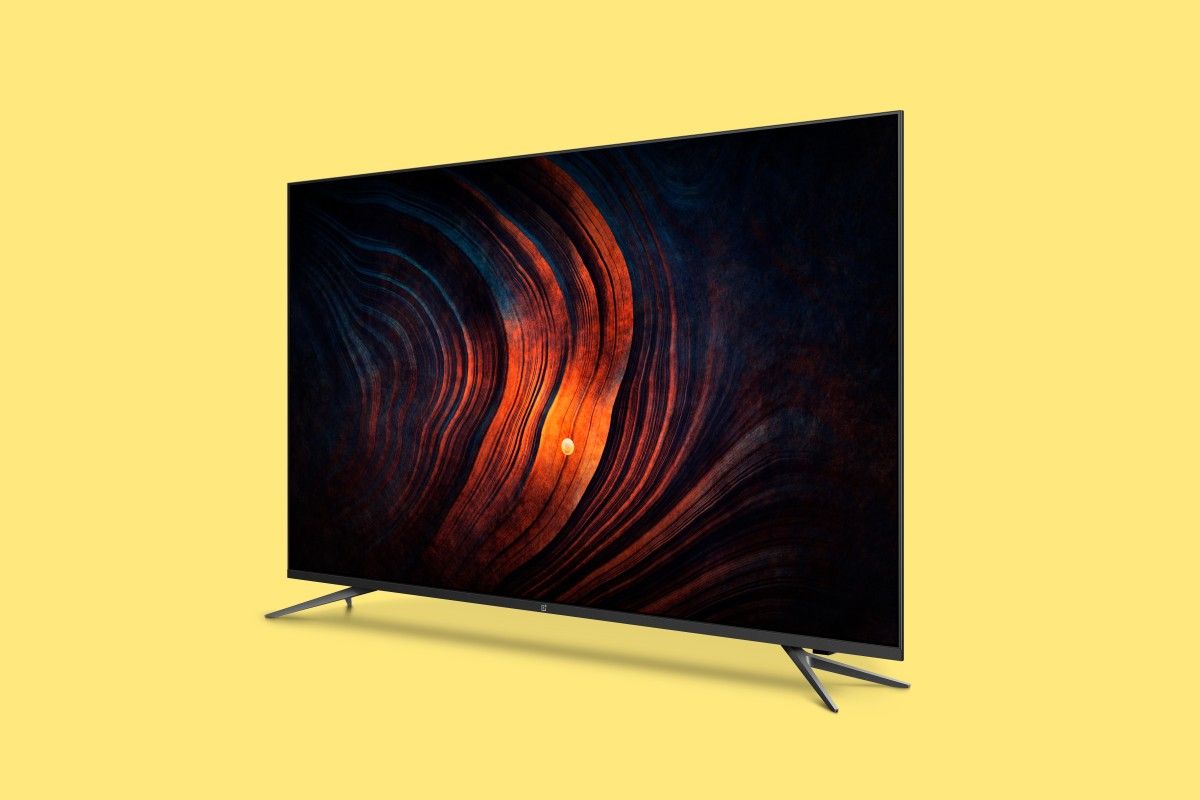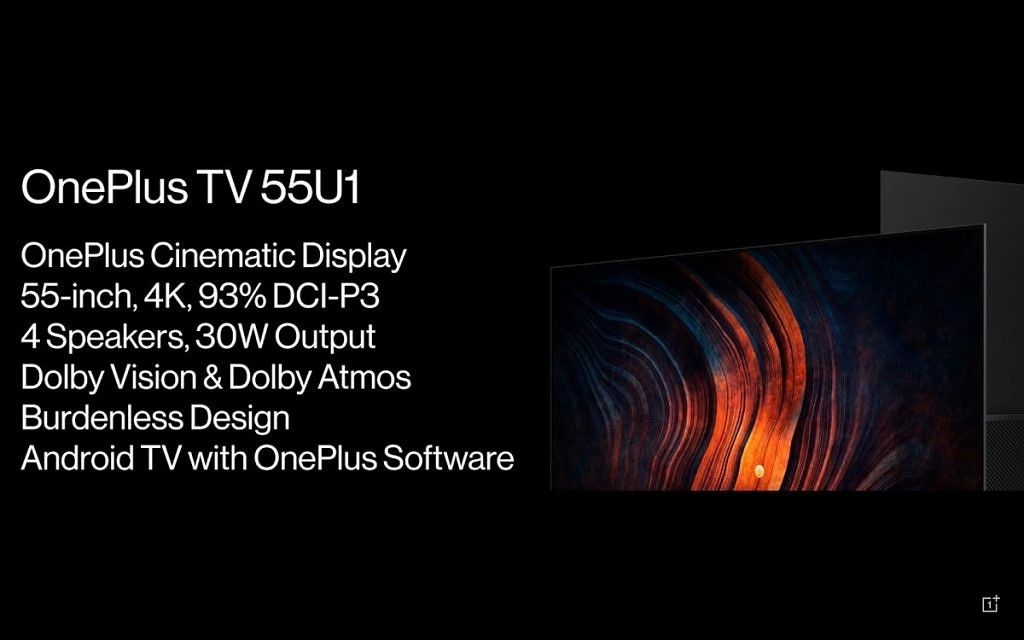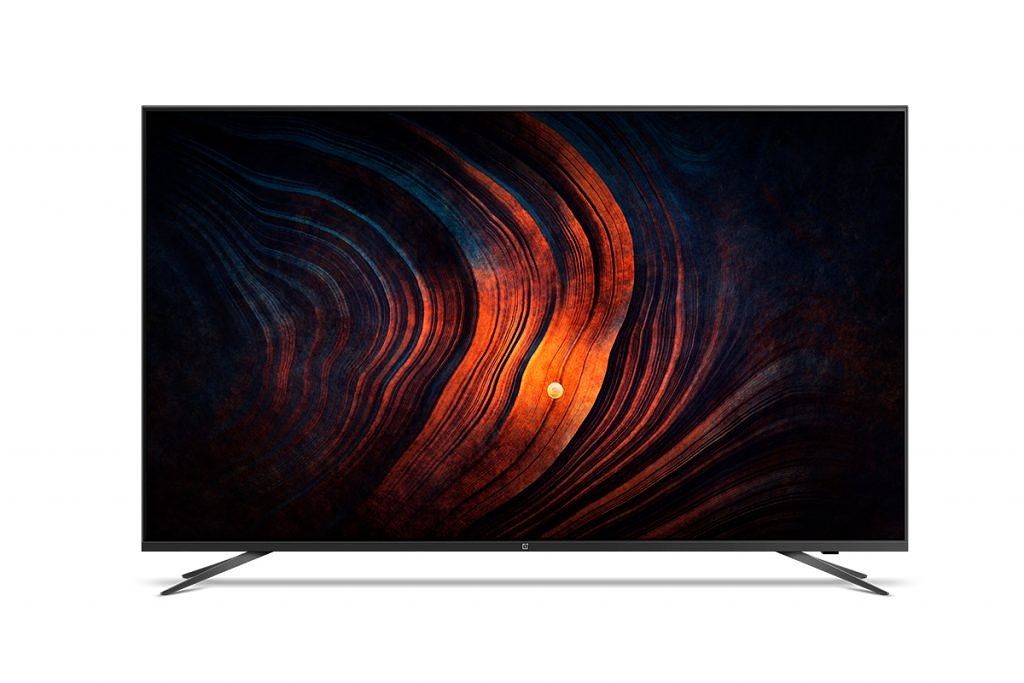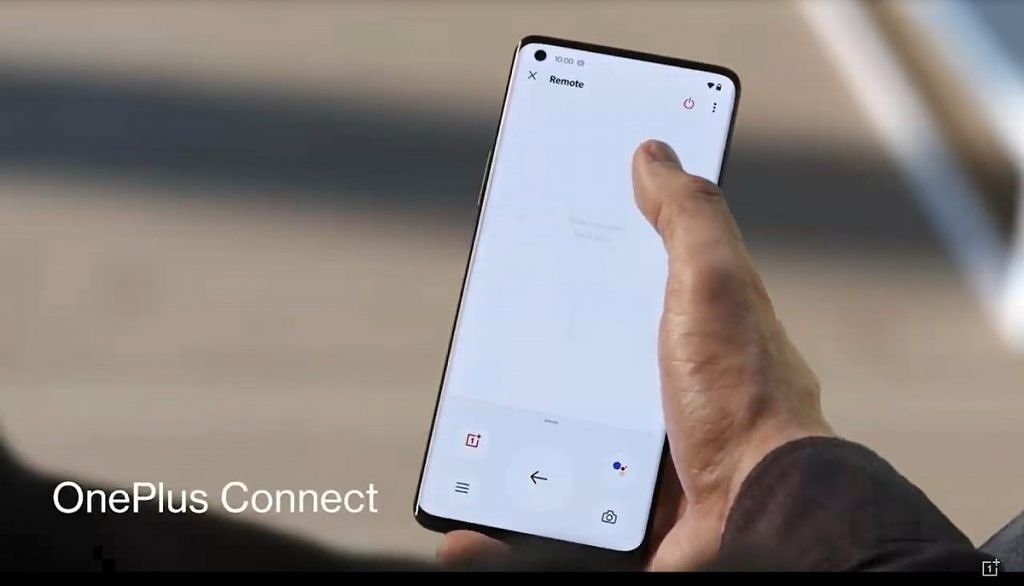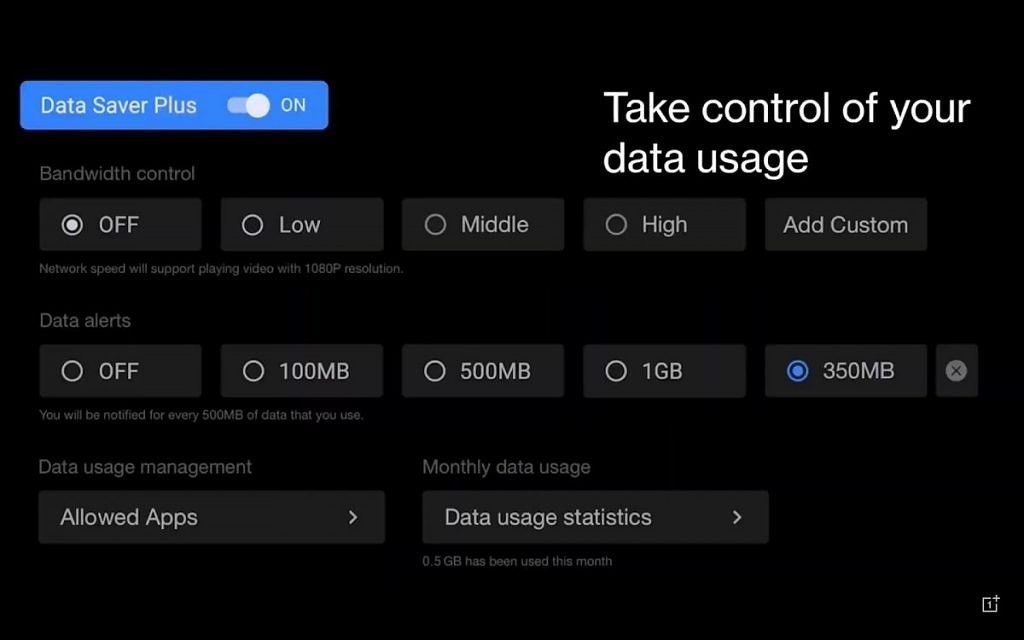When OnePlus entered the smartphone market back in 2014, a lot of critics doubted the company and its ability to survive within a hyper-competitive market. Six years later, OnePlus' presence in the same market is about to reach another milestone. 2020 marks the year that OnePlus will go back to releasing a more affordable smartphone in the form of the OnePlus Nord. OnePlus is also reinvigorating its presence in the TV space with the newly launched OnePlus TV U series and OnePlus TV Y series. The three new TVs add onto the existing OnePlus TV 55 Q1 and Q1 Pro, bolstering the product portfolio and giving users more options than ever in experiencing OxygenOS on the TV.
OxygenOS remains at the heart of the OnePlus TV, and the TV hardware draws inspiration for its "burdenless design" experience from the software. The new OnePlus TV U series features a minimal form factor and a sleek build with a 95% screen-to-body ratio, encouraging the vibrant 4K display to demand most of your attention. While the hardware is definitely enticing, especially with the 55" LED display occupying center stage and the 4-unit 30W speakers drawing you into the moment, the software also plays a crucial role in ensuring that the users can effortlessly focus on what matters the most on a TV: the content and the experience. With the OnePlus TV U series, the company is focusing on a burdenless design that extends to all aspects of the device: both hardware and software. We had the opportunity to interact with OnePlus Founder and CEO Mr. Pete Lau and learn more about the burdenless design experience on the new OnePlus TVs.
As a global tech company, the ultimate goal for us has always been to unlock the full potential of technology, to provide seamless integration of the four connected zones (the home, the office, the car, and the self) in a person's daily life. In 2019, we took our first big step towards the OnePlus ecosystem goal with the OnePlus Q1 Series, to provide meaningful innovations for a connected future. In 2020, we are working towards bringing our signature burdenless experience to more categories and segments.
"Burdenless Design" as a philosophy extends to both the hardware and the software on the new TV. The results on the hardware are much more noticeable within the first look -- an expansive display, minimal bezels, a non-intrusive speaker setup, redesigned stands, carbon fiber back texture, and a panel to hide all the ports. It's when you venture into the software end of things where the changes become more subtle, but in contrast, much more critical. The smaller touches lend themselves to an experience that is greater than the sum of its parts. And that has been OnePlus' aim with OxygenOS on its OnePlus TV.
As Mr. Lau mentions, and as we have seen through the years on its smartphones, OxygenOS has always been centered around providing a software experience that is clean, intuitive, and minimal by design. The amalgamation of these three qualities makes it one of the most loved operating systems within the Android community, and to a great extent, we can't help but agree. OnePlus is adopting the same principles to the experience on the TV, aiming to provide an experience that is fresh yet has the distinct reliability of OxygenOS.
OxygenOS is noticed atop the Android TV 9.0 interface in the form of touches like Oxygen Play, Content Calendar, OnePlus Connect, Data Saver Plus, Kids Mode, and integrations of both the leading digital assistants: Google Assistant and Amazon Alexa on the leading OnePlus U series.
Another great example of how we aim to deliver a 'burdenless connected experience' is OnePlus Connect.
OnePlus Connect is one of the bridging solutions for communication between the TV and your smartphone. While you can obviously control the TV through its remote, the OnePlus Connect app adds a layer of convenience that augments the functions of the remote. Within OnePlus Connect, you can control the TV using trackpad control on your smartphone, whereas features like TypeSync alleviate you from the hassle of cursor typing on the TV remote by letting you type through the ever-familiar smartphone. Quick App Switch lets you switch between apps quickly on your TV, while the inbuilt screenshot functions let you screenshot the content on your TV and inset it within a render of the TV. And when you get a call on your TV, the OnePlus TV smartly lowers down its own volume so that your personal conversation becomes your top priority.
[appbox googleplay com.oneplus.optvassistant ]
A TV is a social gadget, and it very likely is used by more than one person in the family. So naturally, all of these controls and options should also extend to more than one person. Mr. Lau mentions that OnePlus received plenty of such community feedback from the Q1 series in 2019, and these have helped the app deliver a better, well-rounded experience. So now, OnePlus Connect allows connections with up to 5 devices on the same TV, letting each user within the family have their own personalized and intuitive experience. OnePlus Connect is available on both Google Play and Apple Store, so you don't need to lock yourself into the OnePlus ecosystem just for tighter integration as we see on other brands.
With our Never Settle mentality and our burdenless design philosophy, we do not focus on software and hardware in isolation. We believe that a truly burdenless experience can only be achieved when software innovations and great industrial design work seamlessly together.
The burdenless experience extends onto Oxygen Play, which is the content discovery solution within OxygenOS on OnePlus TV. The idea is to empower the user to discover a diverse world of movies and content series across a variety of content partners. As Mr. Lau mentions, Oxygen Play is powered by more than 15 OTT partners, including Netflix, Amazon Prime Video, YouTube, Disney+ Hotstar, Spotify, Zee5, Voot, and others. And the list is only bound to grow further alongside deeper integrations.
We have always worked hard to build strong relationships with content providers in India, and we look forward to growing our content catalog even further in 2020.
OnePlus attributes a lot of its success to its community and its members. The OnePlus One catapulted to success thanks to the reception from the community members, and every smartphone from OnePlus since then has rested upon the safe shoulders of its community. So it comes as no surprise that the community also had a role to play on this software experience beyond the feature suggestion within the OnePlus app. Meet the OnePlus TV Product Ninjas.
The OnePlus TV Product Ninjas is a new kind of a community program wherein OnePlus invited community members who are enthusiastic about the OnePlus TV to come together, collaborate and build some key features along with the OnePlus TV product team. Mr. Lau says that they have hosted three formal webinars in collaboration with the Closed Beta Tester group, and have hosted more than 10 group discussions on the official TV Product Ninja Slack group. The result of this community feedback can be seen in the form of features such as Kids Mode (i.e., Parental Control) and Data Saver Plus. Kids Mode lets parents monitor and manage the content that their children can watch, alongside controls over viewing hours to ensure digital wellness for their children. Data Saver allows users to easily limit network bandwidth, enable and disable background data usage, and limit video resolutions to their own data preferences.
OnePlus has always been a community-centric brand. Over the years, we have taken a lot of pride in how we take into account the feedback of our users at every stage of the design and development of its devices.
And since the feedback cycle forms a part of their core product development, we couldn't help but drop in some of our own. We suggested a beta tester track for the TVs as well, to which Mr. Lau informed us that there is already a team of beta testers that rigorously test features and provide feedback before the update goes live. We also suggested providing offline update packages for TVs, similar to the ones we have come to expect for OnePlus' smartphones under the very popular Open Beta programs. Mr. Lau remarked that this is certainly an interesting suggestion that they would consider.
All things considered, the new OnePlus TV U series is a milestone for OnePlus, one that makes clear its ambitions for the years to come. Perhaps as a lesson from 2014, we shouldn't be so quick to write off OnePlus in this segment just yet.

